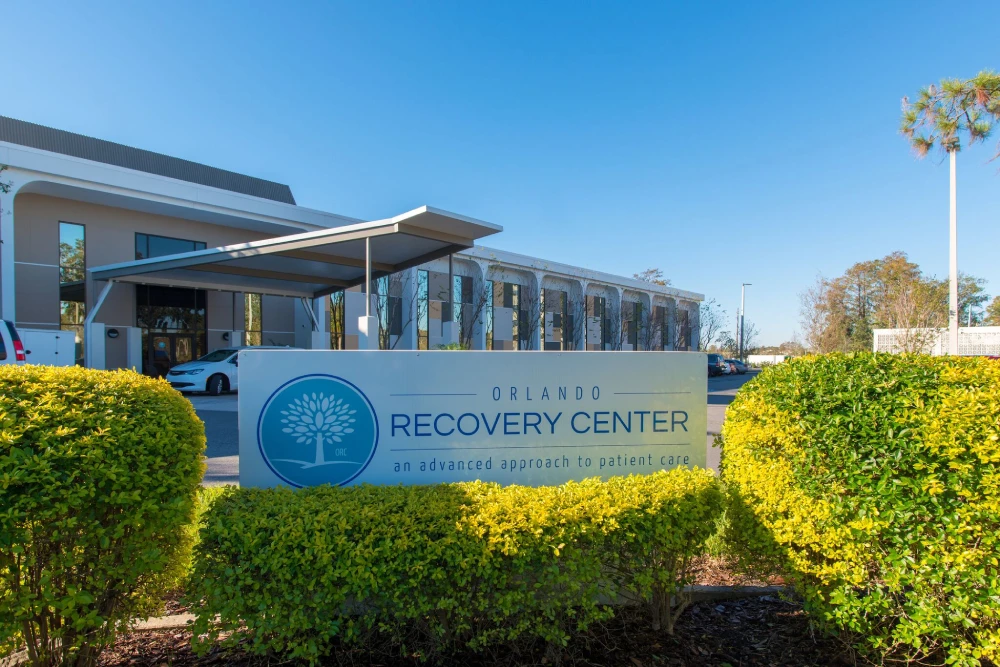Fentanyl test strips can protect someone from a fatal fentanyl overdose before it happens and start a meaningful conversation about the safety of drug use.
A fentanyl test strip may help stop an overdose before it happens, butnot during an emergency situation.
If you or someone you know may be overdosing on fentanyl, you should immediately call emergency services using 911 and administer naloxone (Narcan) if you have it available.The biggest danger someone overdosing on fentanyl faces is respiratory arrest. Position the person overdosing on their side to keep their airway open and be prepared to administer CPR if necessary while waiting for emergency services to respond.
Article at a Glance:
- Opioid abuse is one of the key causes of fatal overdoses.
- Fentanyl may be included in common street drugs, increasing the danger of an overdose.
- Fentanyl test kits allow individuals to test substances for fentanyl.
- There is no way to eliminate the dangers of substance abuse. However, testing for fentanyl may decrease these risks.
Opioid abuse is the cause of nationwide public health crises and deaths each year. According to the Centers for Disease Control and Prevention (CDC), there were more than92,000 drug overdosesthat resulted in death in 2020. The CDC alsoreportsthat between 2018 and 2019, deaths related to the use of synthetic opioids such as fentanyl increased by 16%. Communities across the United States are deeply affected by the issues associated withopioid addiction.
What Are Fentanyl Test Kits/Strips?
Because of its potential for abuse and high potency, researchers have developed fentanyl test kits. The strips can identify if a substance contains fentanyl or if an individual has fentanyl present in their body. Fentanyl test strips, as well as overdose kits, such asNarcan, can help people prevent and avoid fentanyl use or overdose.
How To Use a Fentanyl Test Strip
Fentanyl testing strips can beusedas a harm-reduction technique to test for the presence of fentanyl in a substance or test urine to detect fentanyl in the body.
After applying liquid to the strip, the results will indicate:
- One line for a positive result
- Two lines for a negative result
IMPORTANT:The results of a fentanyl test strip will be the opposite of many other common over-the-counter tests, such as pregnancy tests, in which a single line indicates a negative result.
Reducing Your Overdose Risk
Fentanyl may be included in street drugs to increase their potency but will also significantly increase the risk of an overdose. Ultimately, the safest way to reduce your overdose risk is to avoid purchasing and using street drugs. If you do choose to use these drugs, testing them before use, having Narcan available, and not using them by yourself all decrease the danger associated with potential fentanyl overdose. There is, however, always a real danger with using street drugs that can never be eliminated.
Common Reasons for Using Fentanyl Test Kits
In atrial conducted at Brown University, researchers gave participants naloxone overdose kits and conducted surveys before providing fentanyl test strips for them to use. Students were given the kits to test either urine or suspicious drugs. Afterward, they were asked for feedback. The study found that a majority of students believed the test strips were easy to use. There were multiple results:
- Most students who used the test strips did so to find out if their drugs had fentanyl.
- More students tested drug residue than urine.
- Without being asked to, participants reported that they gave some test strips to people they thought were at a high risk for overdose.
- Drugs were tested privately because of concerns about legal matters.
- Students reported behavior changes based on finding fentanyl in drugs.
Fentanyl test strips are proving to be a helpful way to form meaningful conversations about the safety of drug use.
Are Fentanyl Test Strips Useful?
According to theHarm Reduction Coalition, fentanyl test strips were tested in a San Francisco pilot program between 2017 and 2018 as a response to growing drug use in the area. People who were purchasing drugs used the strips to test their drugs for fentanyl. Many times, they were not intending to purchase fentanyl, but the test strips revealed that the substance was present.
Researchers had multiple positive findings about the use of fentanyl test strips, including:
- Increased engagement and discussion with drug users
- Test strips were simple and intuitive, requiring little instruction
- Community feedback about the availability of test strips was positive
- Test strips were accurate in determining the presence of fentanyl
- Test strips led to harm reduction and information sharing
- When drug users unexpectedly found fentanyl present, they were less likely to purchase that specific drug from the specific supplier
The sensitivity and accuracy of the test strips were high, making them effective for determining the contents of drugs and redirecting drug use. Participants in this study voluntarily gave feedback about whether they had ever tested their drugs before — most had not. When asked if they would be more likely to do so if they had test strips readily available, most responded positively.
Where To Get Fentanyl Test Strips?
Many harm reduction organizations and syringe exchange programsmay offerfentanyl test strips for free to save people from fatal fentanyl overdoses. In April 2021, theCDCalso allowed federally-funded programs to purchase and distribute fentanyl test kits.
The laws on fentanyl test strips vary from state to state: 32 states place fentanyl test strips under the umbrella of drug paraphernalia. Despite this, many of these states have made exceptions for testing equipment to help save lives.
The goal is to give people who struggle with addiction the power to make their own choices. Resources like fentanyl test strips can go a long way toward helping these people fully understandopportunities for recoveryas well as the dangers of substance use.
















